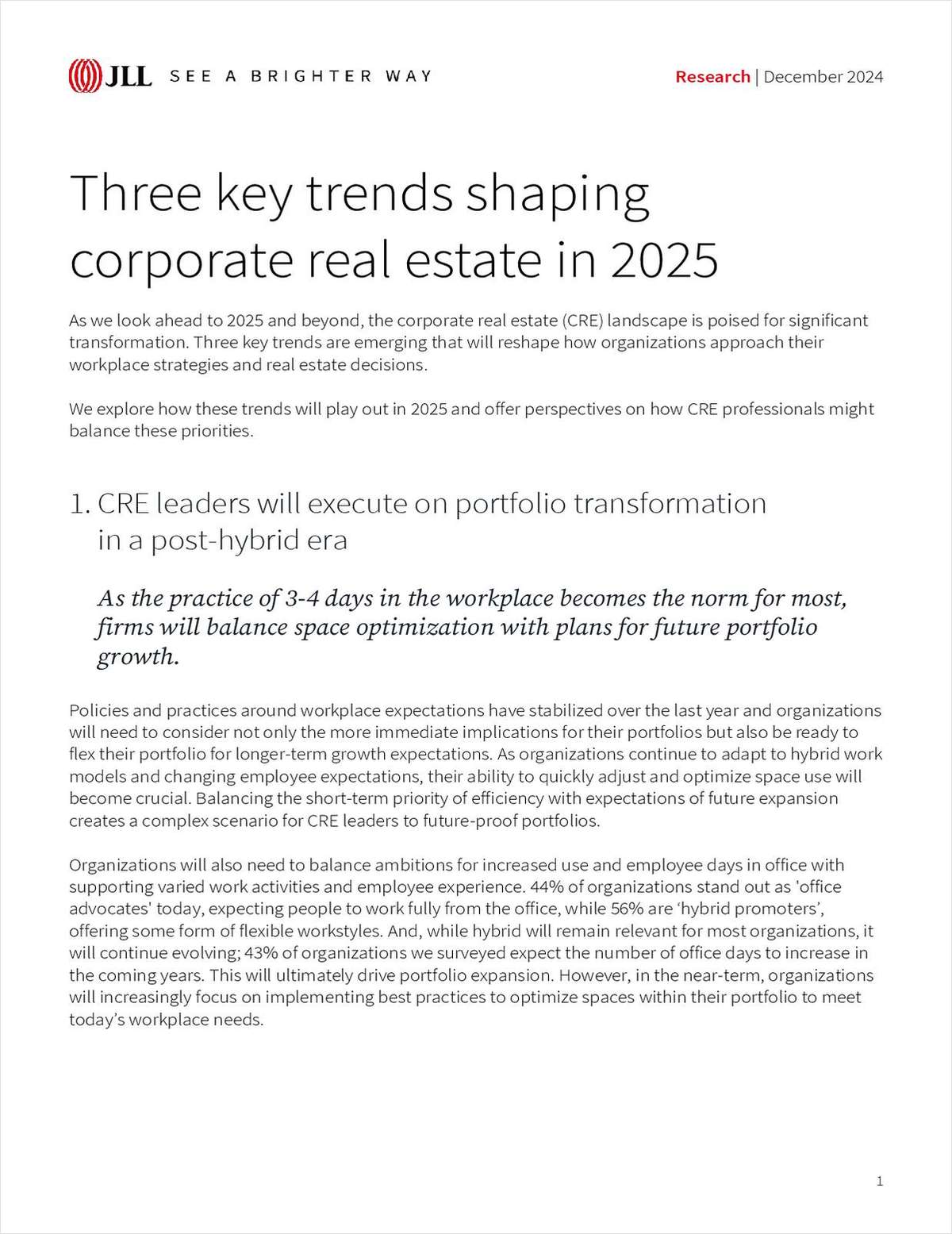MINNEAPOLIS—The Minneapolis-St. Paul commercial real estate market recorded a strong first half of 2013 as the economy continued to improve and development activity significantly increased, according to the latest semi-annual Compass Report from Cushman & Wakefield/NorthMarq.
“We saw the overall vacancy rate across all property types decline to 12.3 percent, the lowest since 2008,” says Mike Ohmes, executive vice president for transaction and advisory services. “In addition, the market recorded 1.7-million-square-feet of positive absorption, primarily thanks to the industrial market.”
The industrial market has tightened so much that speculative developments have recently begun to sprout across the region. This summer, for example, the Trammell Crow Company, a Los Angeles-based subsidiary of the CBRE Group, Inc., began developing an 185,470-square-foot speculative industrial development in suburban Roseville. They will build the project, known as the “Midtown Business Center,” on approximately 13 acres and complete it by December. Also this summer, The Opus Group closed the acquisition of a 50-acre site where they plan to break ground on a 200,000-square-foot speculative project and simultaneously spun off about 60 acres of adjacent land and a 509,000-square-foot building, which, until now, has never been used, to the Emerson Electric Company.
Overall, the demand for well-located, functional warehouse and distribution facilities drove the multi-tenant industrial vacancy rate down to 11.7%, a 10-year low, the new report found. In 2010, the rate was 16.4%.
Some trends were less than positive. After nearly 1-million-square-feet of positive absorption in 2012, activity in the office market slowed during the first half of the year. Overall vacancy only declined one-half of a percentage point, resulting in vacancy rate of 17.5% for direct space and 18.7% including available sublease space. However, the market should record its third consecutive year of declining vacancy.
“The market is solid; it's getting stronger, more confident,” says John McCarthy, executive director of brokerage services at Cushman & Wakefield/NorthMarq, “but I believe the wild card is still some of the corporate right-sizing that has plagued Minneapolis,” especially in the southwest. Supervalu, for example, the grocery store chain headquartered in Eden Prairie, a southwestern suburb, has sliced out hundreds of corporate jobs this year.
Cushman & Wakefield cited the following Twin Cities' trends as the stand outs from the first six months of 2013:
•The multi-tenant medical office market continues to hold its own. The overall vacancy rate remained relatively steady, only increasing to 9.8%, compared to 9.7% at the end of 2012. Eight hospital campuses report zero vacancies in their multi-tenant space and many on-campus or healthcare system-sponsored facilities are essentially full. The owners of off-campus space reported an 11.6% vacancy rate and on-campus rate was 8.0%.
•The apartment development boom continues. The construction activity, however, has not pushed up vacancy rates or slowed rental rate increases. Despite the 620 new units delivered in the first-quarter—primarily in urban core markets—the overall multi-family vacancy rate dropped slightly to 2.8%, Marquette Advisors reported. The vacancy rate has been below three percent for eight consecutive quarters. Absorption continued to outpace new construction, and developers report strong preleasing at well-located projects under construction.
•The retail market had about 434,000-square-feet of positive absorption and increased leasing activity in community centers pushed vacancy from 8.3% at the end 2012 to 7.8%, a five-year low. Rental rates increased nearly $1.00-per-square-foot to an average of $27.73-per-square-foot. Landlords have not seen rates this high since 2008.
•The state's hotel industry, with 918 properties and 73,312 rooms, saw continued improvement. Occupancy increased from 53.2% in May 2012 to 56.9% in May 2013. However, the state remains slightly below the national average of 60.2%.
The complete Compass Report can be viewed here.
Want to continue reading?
Become a Free ALM Digital Reader.
Once you are an ALM Digital Member, you’ll receive:
- Breaking commercial real estate news and analysis, on-site and via our newsletters and custom alerts
- Educational webcasts, white papers, and ebooks from industry thought leaders
- Critical coverage of the property casualty insurance and financial advisory markets on our other ALM sites, PropertyCasualty360 and ThinkAdvisor
Already have an account? Sign In Now
*May exclude premium content© 2025 ALM Global, LLC, All Rights Reserved. Request academic re-use from www.copyright.com. All other uses, submit a request to [email protected]. For more information visit Asset & Logo Licensing.








